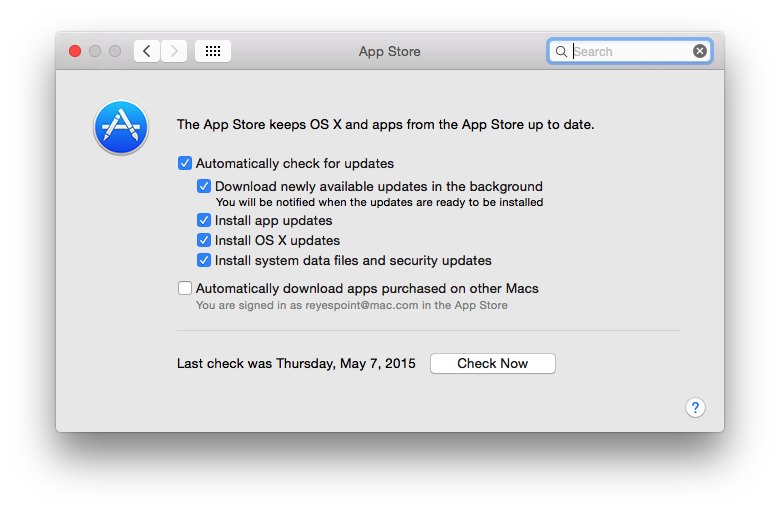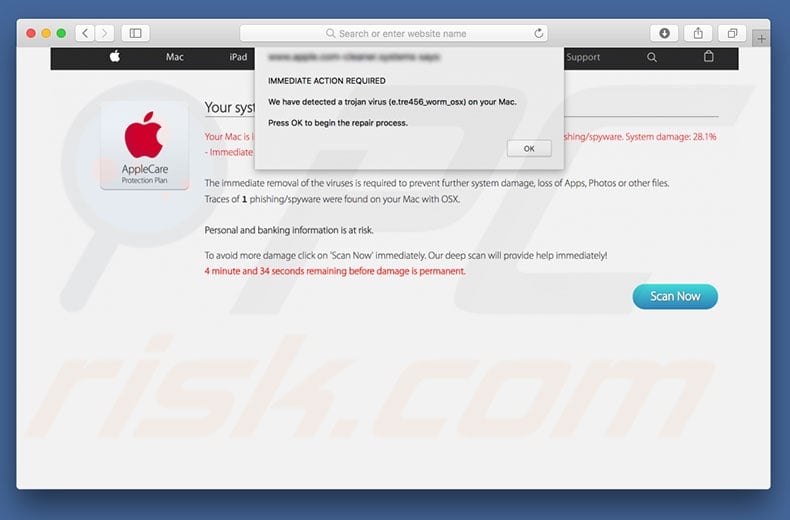If you suspect that your phone may be harboring a virus, you’ve come to the right place. This short tutorial will show the simple and easy steps to detect a malware and how to remove it on your Android.
Mac Tutorial On How To Remove A Virus, Malware, Adware, Spyware, And Basic Mac Maintenance & Cleaning.UPDATED VERSION FOR 2019: https://youtu.be/hxrMx9. See Also: Best Mac Anti-Malware Software 2018. This is not an exhaustive list of things to check your Mac for viruses. Once you have determined that there is something wrong with your system, you must take next step. Simply put, you need to act now. What to Do Next If Your Mac Is Infected?
What is a virus?

Technically, a computer virus is a program designed to wreak havoc in a system. One of the distinguishing marks of a virus is its ability to replicate and corrupt other programs and files. In this sense, there hasn’t been an Android virus so far. But since the term virus has been coined loosely by millions of people throughout the years to cover almost all forms of bad apps, programs, or behavior in Android, we prefer to use it here as well. So, when we say virus, it can mean any malicious app or software in Android platform.
Can your Android get a virus?
Over the years, there has been many forms of viruses that causes problems in Android environment. The most common includes spyware, ransomware, and the pesky pop-ups. Android spyware are built mainly to spy on your browsing habits so data about them can be sold to third party advertisers. In some extreme cases recently, ransomware have made headlines around the world after a number of high profile targets and critical institutions have been hit. Ransomware covers all the kinds of malicious software that takes over a device, lock it, and forcing the user to pay an amount to retrieve access.
How to check if your phone has a virus?
Android viruses, as much as possible, don’t want to make their presence known. They capitalize on stealth and can be activated remotely when a user does not expect it. If you are not careful or alert to signs of a malware or virus on your device, you may end up wondering what’s wrong with your phone most of the time. Fortunately, there are many subtle and obvious telltale signs of virus infection on an Android device. Check them out below.
Apps keep crashing. While it’s normal for some apps to crash from time to time, random and excessive crashing can be a sign of malware. If you noticed your device to be having problems with apps crashing for no apparent reason lately, it’s probably high time to check for malware.

Check This Computer For Viruses And Malware
Data usage is up. Most viruses are designed to report to a controlling server somewhere. They may be sending stolen information or trying to communicate with a hacker for their next move. These types of activities are often happening in the background so you don’t need to necessarily open the bad app. If you noticed that data usage has increased lately, even though you’re not using the internet that much, it can be a sign of a virus infection.
Random or excessive pop-ups. Infrequent pop-ups when using a web browser or when running an app can be normal. However, if you are getting pop-ups even when you’re not opening a browser or when using a totally different app, there could be malware in your phone. Malicious pop-ups are often brought about by a bad app that you may have installed in the past. In some cases, legit looking apps may update to a sinister version after some time and cause pop-ups to be displayed.
Phone bill increase. Wondering why your phone bill is up? It can be due to a virus. Some malware versions are known to use premium texting service to send messages. If you are not alert, your carrier may charge you for these messages thinking that you’re aware of them.
Presence of alien apps. Noticed some unfamiliar apps? Again, it may be caused by a malware. If there’s an app in your phone that you don’t remember installing, be sure to delete it right away. Some malware may take over your phone and compromise its security. Once that happens, other apps may be installed without your knowledge.
Battery drain issue. Losing battery power is normal but if you noticed that battery drain has become severely fast lately, it may be due to a virus. Some malware activities in the background can be resource-heavy and uses a lot of power. When dealing with fast battery drain issue, virus infection should always be considered one of the possible causes.
Overheating and slow performance. Another obvious side effect of virus infection in Android is overheating, freezing, or lagging. While it’s normal for a phone to get warm, you should be alert to suspect the presence of a virus if your phone keeps overheating or if its performance appears slow.
How to remove a virus on Android
If you suspect that there’s a virus on your phone because of the presence of one or multiple symptoms mentioned above, there’s a number of things that you can do.
Factory reset
This sounds drastic and unnecessary at such an early stage in your troubleshooting ladder but it may also be the most effective. You can opt to do this depending on the situation you’re in. For instance, if your phone has already become too problematic and you can barely use it because of pop-ups, overheating or slow performance, we doubt there’s anything more effective that you can do other than starting fresh. By doing a factory reset, you can remove the cause of the virus and the symptoms all in one stroke.
Factory reset will erase all your personal data so if you can, try to create a backup of your irreplaceable photos, videos, documents, etc. before wiping the phone.
Install an antivirus app
Before you reinstall your apps, you should make sure that you add another layer of protection to your device. Having an antivirus, while not 100% guarantee that it will help, is definitely a good idea. There’s a constant cat-and-mouse battle between antivirus publishers and malware developers so newer, stealthier viruses may still manage to go through an antivirus detecting system.
There are many antivirus apps that you can use in Google Play Store. Be sure to pick one from a reputable source. Keep in mind that some malware may mask themselves as antivirus apps as well. Stay with antivirus apps from known publishers like AVG, Norton, etc.
Manually remove bad apps
If you think that the virus returns after a factory reset, that’s probably because you merely installed the same set of apps. To check, try booting the device to safe mode and observe it. Safe mode is great tool in detecting a problem app. On this mode, all third party apps will be suspended so if the problem is absent when your Android is running on safe mode, that means there’s a malicious app in the system. While in this mode, you should be able to use preinstalled apps normally as well as use basic networking services without a problem.
Checking Your Mac For Viruses Without
If you don’t know how to boot your Android to Safe Mode, use Google to look for them.
To identify which of your apps is causing the trouble, you should boot the phone back to safe mode and follow these steps:
- Boot to safe mode.
- Check for the problem.
- Once you’ve confirmed that a third party app is to blame, you can start uninstalling apps individually. We suggest that you begin with the most recent ones you added or those that you did not install.
- After you uninstall an app, restart the phone to normal mode and check for the problem.
- If your phone is still problematic, repeat steps 1-4.


How To Scan For Viruses On Mac
Be alert when installing apps
Checking My Mac For Viruses
You are the first line of defense of your device. If you are not careful when picking apps, there’s a big chance that it may become infected by a virus in the near future. Be extra vigilant when shopping for apps as they are the main reason for a lot malware cases. Some apps may pose as legit ones initially but may change their true nature without you knowing after some time. Stick to official apps and avoid those from unknown sources. If you are not sure, try to do some research or read reviews of other users. Also, make sure that you have a reliable antivirus app all the time so there’s some extra protection on top of Android’s own security. Make sure that you only use one antivirus at a time. Having more than one can cause severe performance problem.
